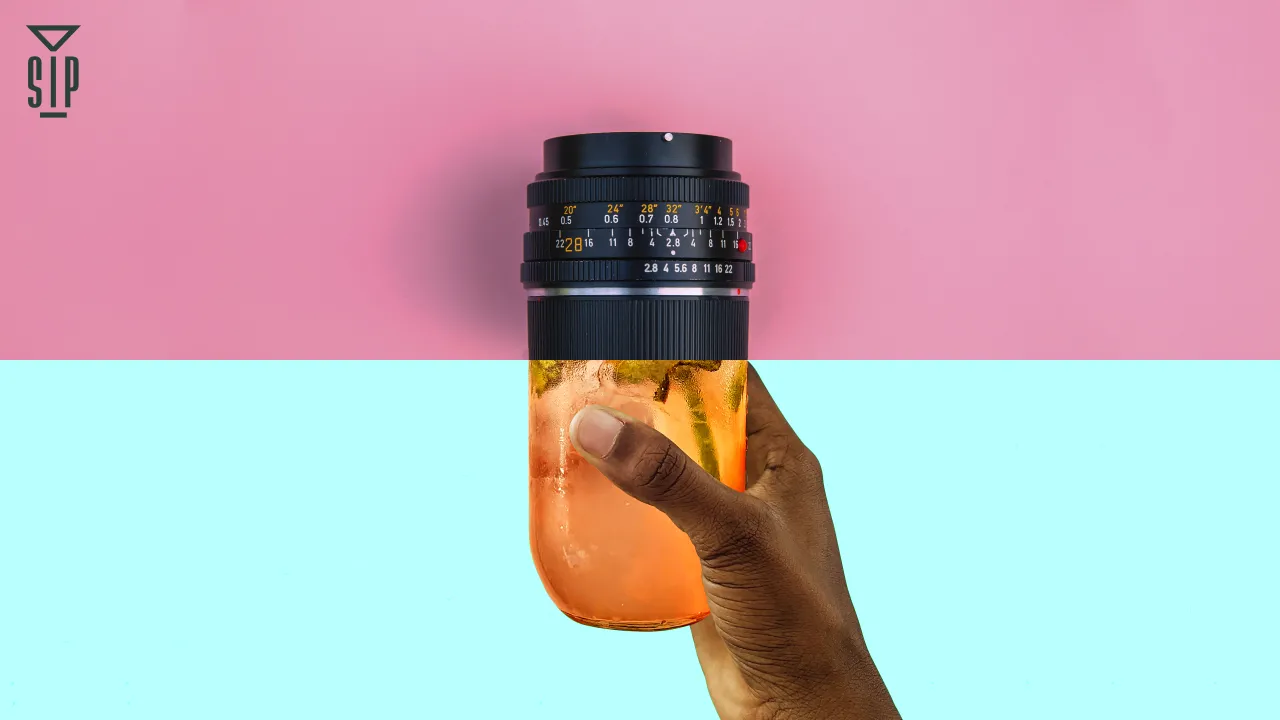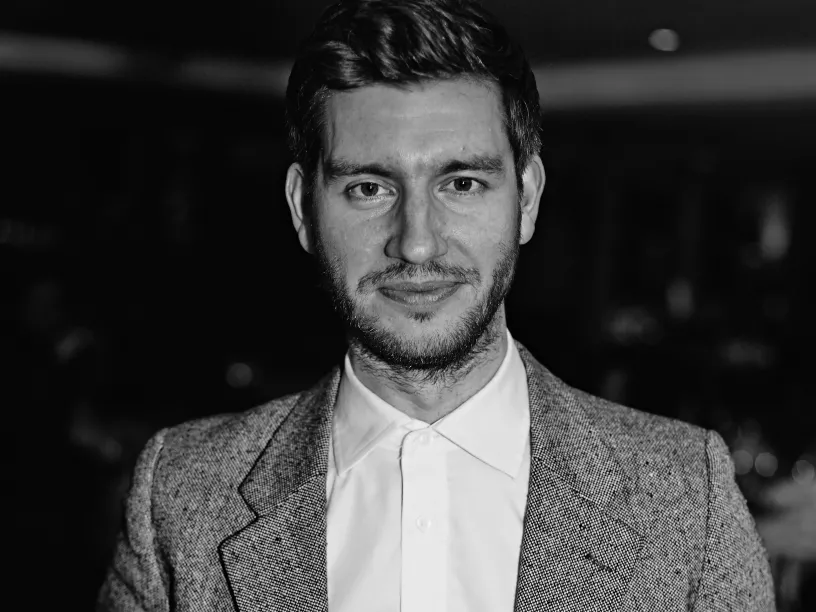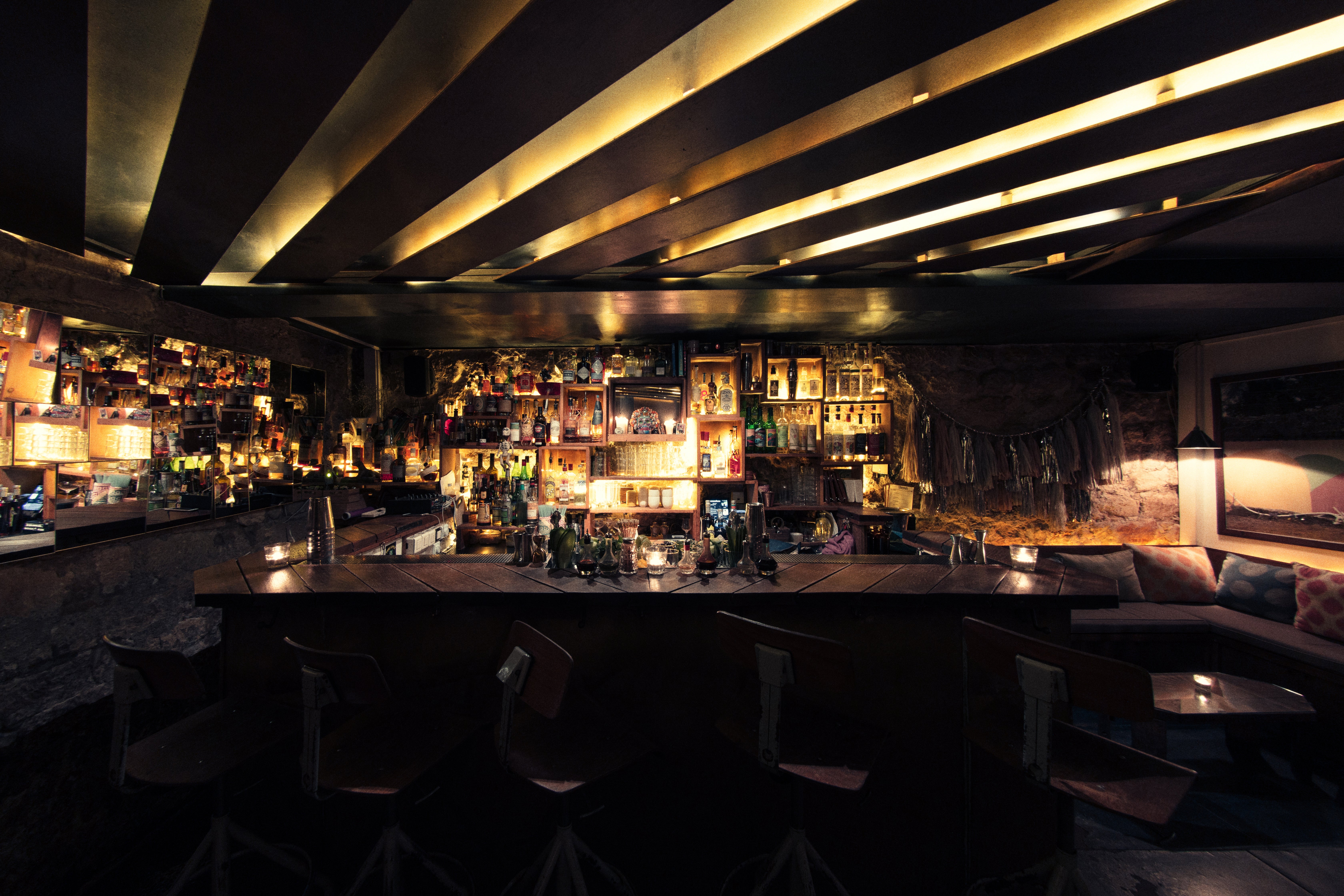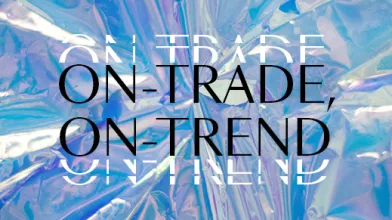Hi Matt, shooting cocktails must be delicious work?
"On a shoot early in my career, I thought: “Oh, it’s lunchtime, maybe I’ll have a gulp of this frozen margarita. This will really get my creativity going.” It did not. It was very strong and made me tired – it was not rock and roll."
Is photographing drinks harder than food?
"It’s different, but I take the same approach, which is I try to capture some kind of emotional response. With food, it could be a feeling of nostalgia. With drink, it’s often to get that “crave” appeal. It might be to give them the impression of somewhere sunny so you want to be whisked away to that place, or for the drink to look so delectable and refreshing that you want to grab it off the page and drink it."
You recently worked Home Cocktail Bible by Olly Smith. A whole book of liquid in glasses – was it hard to make each shot different?
"That is the challenge with a lot of projects, to make things compositionally interesting and artistic and at the same time create some kind of emotional response in the viewer. For that project, I tried to create as much distinction between each drink to give them their own personality. Given that a lot of glasses can look quite similar, we utilised angles and took into consideration the kind of drinks they are and to make them seem heroic or sculptural. We thought about the history of the drink, the playfulness of it or the grandeur."
That’s a lot to think about.
"You want to take the audience on a journey, so it’s all about utilising the time of day, different colour temperatures, angles, composition and light to accentuate those things."
How different is it shooting editorial than client advertising or brand work?
"Fundamentally with editorial, you have a bit more overall creative freedom at the time, whereas with a lot of commercial work you have to bring your creativity, but a lot of aspects will have been agreed in advance."
But that must be useful to know if you’re shooting a bar for promo material?
"Oh yeah, massively. I like to have as much detail as possible. I’d even ask someone to provide a mood board, no matter how rough. It could be five images that they say, “we love these; we don’t like this”. I respond pretty well to visual guidance in that respect."
What do clients like venue owners need to think about when briefing photographers?
"What you’re creating is a visual language for your brand. If you own a bar and your drinks are straight negronis and martinis – classics – you might want them all to be shot in a similar way. But perhaps your drinks style is something more experimental – I’ve shot drinks for the bar at the Langham that had glass globes above a cocktail holding a smoke that was an infusion of the drink. So then the shots got quite tricksy and flamboyant, and each was different. But for a classic like an old fashioned, most people want that shot in a straightforward and sophisticated way. It can also be about matching customer expectations. Whatever your style, it’s always good to be clear in the brief about what the aesthetic of the brand is and what the style of drinks are so your photographer can meet the requirements."
What is something drinks clients should know before working with a photographer?
"Decide what it is that you want. And know that photography takes time."
So it’s not as easy as rack ’em up and shoot ’em?
"No. If you’re shooting something that is all in one background and you’ve got a cocktail bartender making drinks continuously, sometimes that can be perceived as not having a shot limit – you just keep them coming. But it’s not the case. It can depend on technicality and the brief, the lighting and the set. It really is very important to be clear prior to the shoot about what you require, and how much you require in terms of your shot list. Then the photographer you’re working with can advise you on what you need in order to meet your expectations."
You mentioned having a bartender on hand. Do bar shoots ever use food stylists?
"I suggest they do. There are instances where you work with a qualified mixologist, and you would assume that they’re good enough to style the drinks. That’s sometimes but not always the case – it’s so tricky. It’s one thing making food or drinks look good to be served immediately, and it’s another altogether when you’re doing it for a camera. A camera scrutinises every detail so much more. For me, that’s what a stylist brings to the table – the eye for details."
So a stylist can make a better drink than the person who created it?
"It’s such a skill. That’s why a lot of people who do that job come from an artistic background. They have the same creative importance as a photographer or an art director. You ultimately want to sell something; you’re trying to create the ultimate version of how that drink can look – it’s very aspirational."
How much work is done in post production?
"I guarantee every photographer who shoots drinks will have a different approach. It can be very high concept, with lots of trickery and retouching to make something look hyper-real. I enjoy trying to make the shot as good as it can possibly look by utilising the lighting and composition as much to really get it perfect in camera, so after you’re talking about a little touch up here and there, getting rid of a bit of dust – but really what you’re focused on is the drink as it is."
The shoot’s over and we’re having a drink to celebrate. What are you having?
"My favourite drink has to be a negroni. Maybe an old fashioned."
Shooting cocktails for Instagram success
08 January 2023

A photographer and director of more than 15 years, Matt Russell specialises in food and drink. Working with both editorial and commercial clients has given him a range of experience in capturing the perfect appetising shot for a variety of purposes. Here he talks about how venue owners can work with photographers and the importance of a clear brief – and a clear head.

Matt Russell
Related shows
© World’s Best Bars 2024. All Rights Reserved.
Content to be shared with those over the legal drinking age only - Enjoy responsibly.

Check your email
If we recognize your account, a link to reset your password has been sent to your email address. If you haven’t received it, please check in your spam folder and add to whitelist.
Check your email
A link to activate your account has been sent to your email address. If you haven’t received it, please check your spam folder and add it to whitelist.







